
American Solar Grazing Association, AgriSolar Clearinghouse Partner on Webinar Teatime Series
The AgriSolar Clearinghouse is partnering with the American Solar Grazing Association to run a series of joint educational agrivoltaic webinar presentations, known as Teatimes. These events are free and open to the public, and recordings…
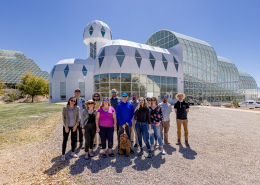 Credit: Steven Meckler Photography
Credit: Steven Meckler PhotographyFollow the Sun Tour: Learning from Arizona’s Biosphere 2 and Manzo Elementary Agrivoltaics
By Dr. Stacie Peterson
The interdisciplinary research at Biosphere 2 and Manzo Elementary School in Tucson, Arizona is foundational for agrivoltaics in the United States. My first introduction to agrivoltaics came from research at these…
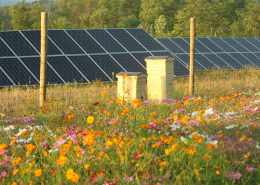
Sweet Deal: Beekeeping at Solar Sites Offers Economic and Environmental Benefits
By Lindsay Mouw, Center for Rural Affairs
What’s the latest buzz about solar energy? It’s likely the thousands of honey bees that call solar fields home.
Commonly referred to as “agrisolar beekeeping,” the practice of placing…
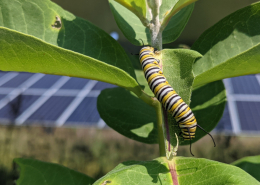 Courtesy Monarch Joint Venture
Courtesy Monarch Joint VentureRenewable Energy Meets Pollinator Habitat in Minnesota Solar Fields
Guest blog post by Monarch Joint Venture
Up to 99% of native northern tallgrass prairie in the U.S. has disappeared since European settlement (Samson and Knopf, 1994). This loss of habitat is devastating for pollinators including the iconic…
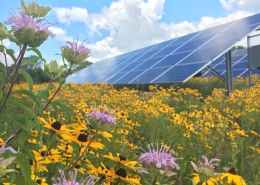
Solar PV and the Importance of Asking for High-Performance Ground Cover
By Rob Davis, Connexus Energy
Seven years after designing our first solar array, more than 20 million deep-rooted and pollinator-friendly plants across more than 150 acres are helping us control costs while maximizing local benefits for…
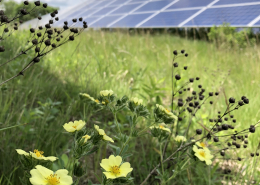
Resources for Land Access
By Victorian Smart, NCAT Energy Program Assistant
If you dream of owning land someday, you’ve probably also experienced apprehension about the process of finding and buying the land. This is the reality of land acquisition – it is financially…
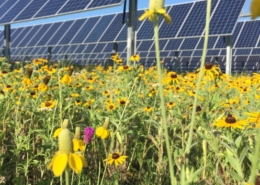
Pollinator-Friendly Solar Pairs Economic Development, Conservation Goals
Written By: Cody Smith
As communities across the nation continue to embrace a future powered by clean energy, new solar farms are offering an opportunity to pair economic development and conservation goals. As landowners, project developers,…
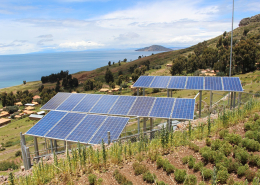
The Solar Game
By: Wexus Technologies
Here’s a dirty secret: growers, processors, homeowners, and commercial businesses are spending too much money on solar energy installations. When many people think about their energy usage and getting relief from…
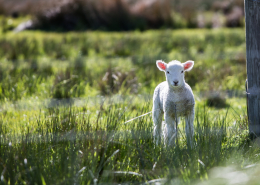
Grazing Solar Sites Provides Benefits to Land and Farmers
By Heidi Kolbeck-Urlacher, Senior Policy Associate, Center for Rural Affairs
On a chilly September afternoon, a flock of Targhee/Rambouillet cross sheep quietly wander the grounds of an 18-acre solar garden site in southwestern…
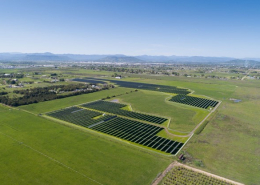
Dual Use in the Pacific Northwest
When I think about dual-use solar, I think about why this approach is a good idea for the Pacific Northwest. In a region that enjoys wild, open areas, it would be easy to assume that there’s “plenty of space” for building solar. Of course, as we look closer, we realize that there are many uses and users of these spaces and lands - between agriculture, conservation, and the plentiful ways to recreate in the great outdoors of the Pacific Northwest. Oregon and Washington have rich agricultural economies and histories that are entwined with their natural resources and beauty. As a native Oregonian myself, I recognize the connection I have and value I place on these pristine spaces and activities. Protecting those spaces and activities is important to many.
